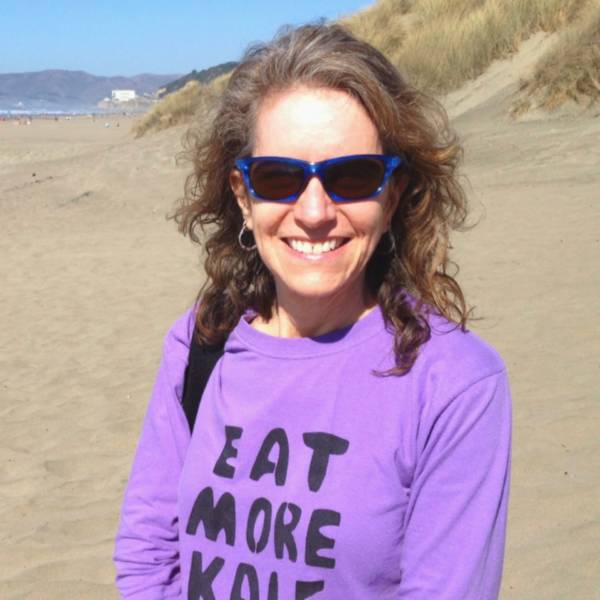The West has had a special place in the American imagination since the nation’s earliest days. Peggy Hansen wonders whether those days are numbered.
Golden, vast, and luminous with hope and possibility, the West — and California especially — has long been a touchstone of American identity. It’s a place of big skies, big trees, big waves and big imaginations. It’s a place of liberty, of rugged individuals, of quirky free spirits seeking space for self-expression. And it’s a place imbued at once with a sense of an unfettered future and a nostalgia for the simpler times, when cowboys rode the open range and neighbors knew, liked and helped each other. We went west to find new lands, and to find new dreams. In the west those dreams, we knew, could never fail to flower.
Now, with fire ravaged acres in the millions, skies turned dark with alien hues and clouds of smoke and ash, we choke and weep and wonder, many of us, what dreams the west may hold, and allow, in this new and terrifying future. What does going west look like, and signify, in times as tenuous and unpredictable as these? And is “west” a direction, a geography, an idea or a belief?
As you might expect in California, there are many answers to this question ... as many as there are people, most likely. It’s not for me to say that any one of them is right, or wrong; each of us has to seek within and feel what’s in the heart, and where it tells us we should be.
For some, it might mean pulling up stakes and moving East, or north, or even to another country. And for some, it will mean digging in, reaching out, and working in community to forge new, more affirming and inclusive dreams that will nurture hope even in the most foreboding days. New directions and new ideas may be just what we all need.
